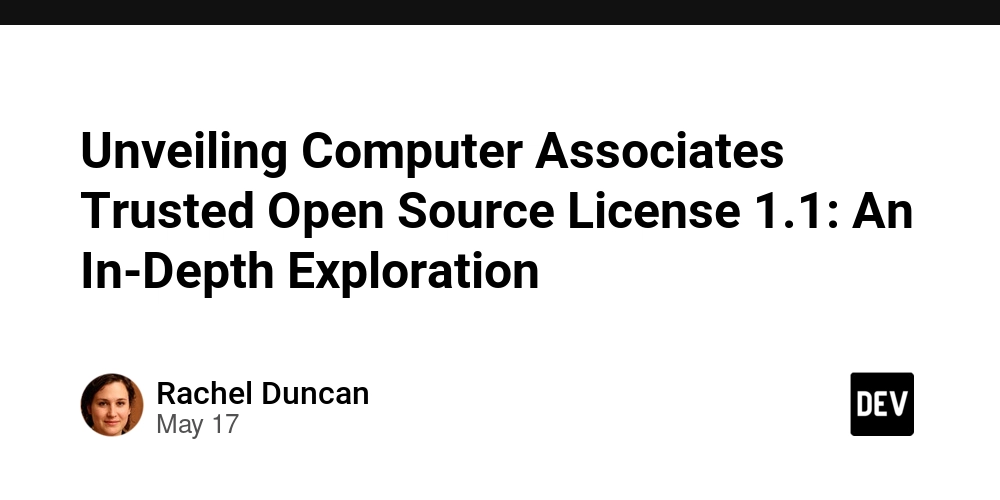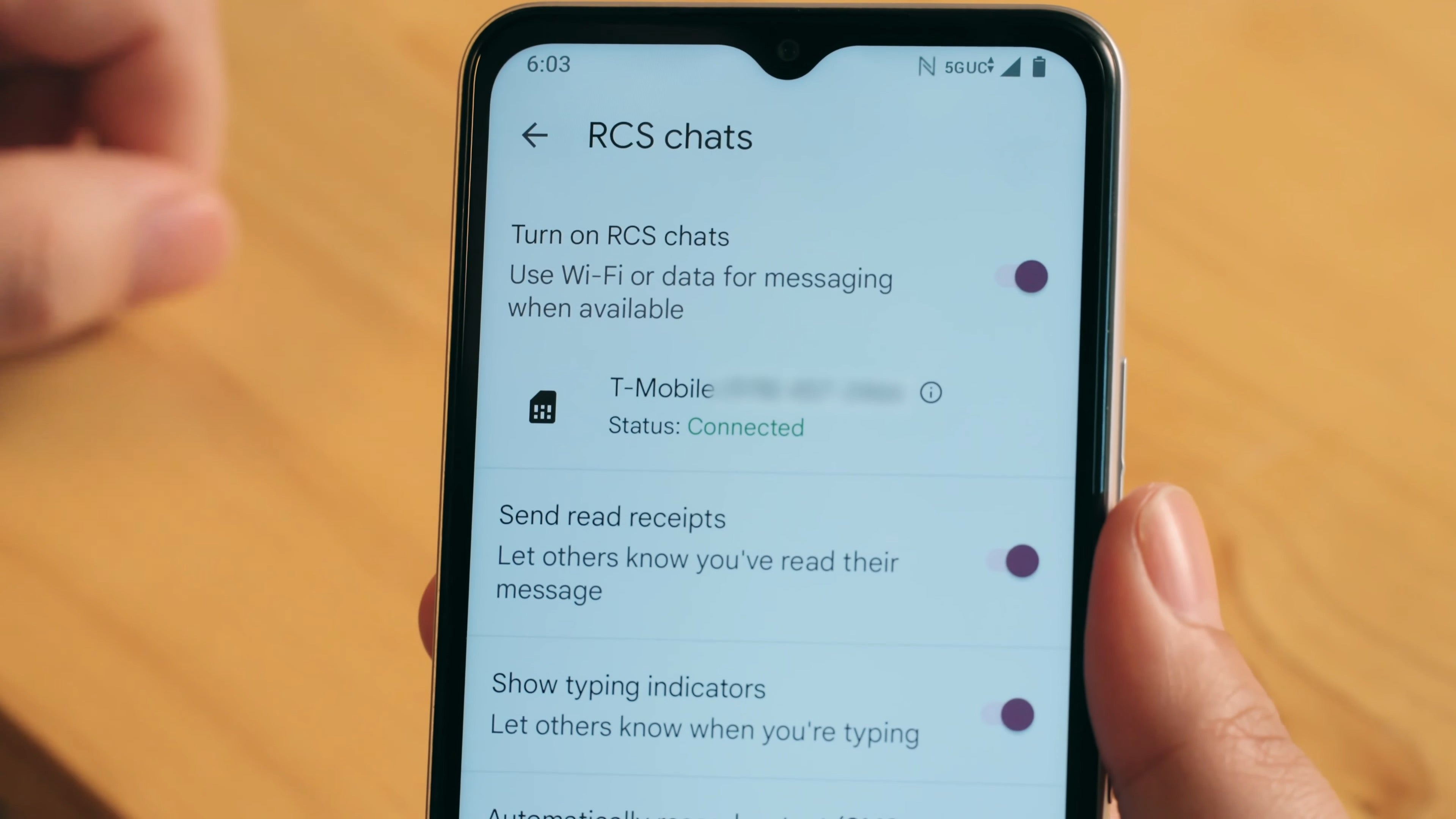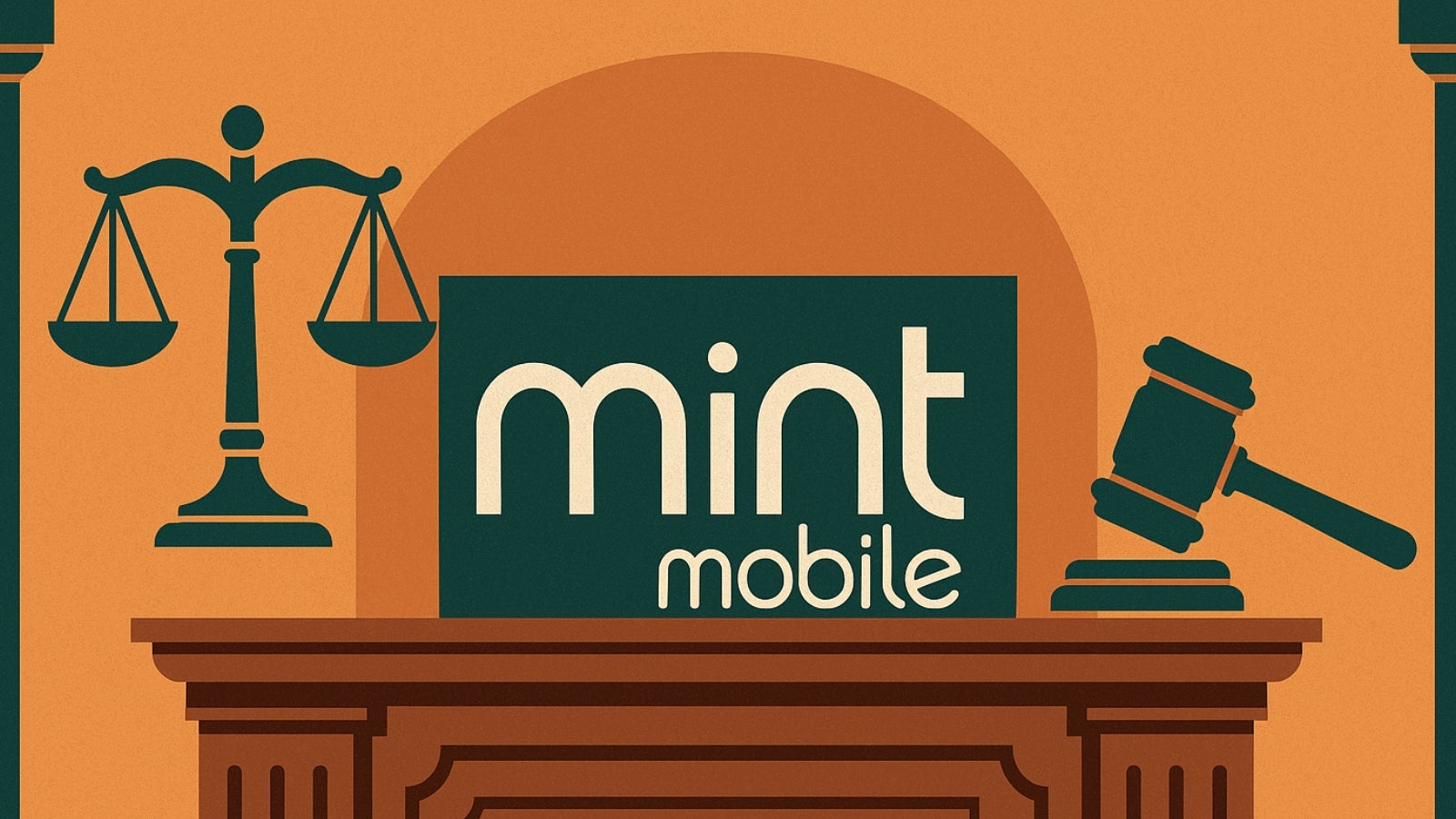Cloud Security Essentials – Protecting Multi-Cloud Environments
As organizations increasingly adopt multi-cloud environments to leverage flexibility, scalability, and cost-efficiency, securing these complex infrastructures has become a top priority. By 2025, 99% of cloud security failures will stem from customer misconfigurations or oversights, underscoring the urgent need for robust defense mechanisms. With 80% of organizations experiencing at least one cloud security incident in […] The post Cloud Security Essentials – Protecting Multi-Cloud Environments appeared first on Cyber Security News.

As organizations increasingly adopt multi-cloud environments to leverage flexibility, scalability, and cost-efficiency, securing these complex infrastructures has become a top priority.
By 2025, 99% of cloud security failures will stem from customer misconfigurations or oversights, underscoring the urgent need for robust defense mechanisms.
With 80% of organizations experiencing at least one cloud security incident in the past year, and 82% of breaches involving cloud-stored data, the stakes have never been higher.
This article explores the evolving challenges of multi-cloud security and outlines actionable strategies to mitigate risks in an era of decentralized digital ecosystems.
The Expanding Attack Surface of Multi-Cloud Environments
Multi-cloud architectures, while advantageous, introduce fragmented visibility and inconsistent security controls.
Each cloud provider-whether AWS, Azure, or Google Cloud-operates with distinct APIs, compliance frameworks, and identity management systems, creating silos that complicate oversight.
For instance, AWS supports over 15,000 IAM actions, while Azure offers nearly 19,000, making uniform policy enforcement almost impossible without specialized tools.
For example, a storage bucket left publicly accessible in AWS might comply with internal policies but violate compliance standards if replicated without adjustments in Azure.
Legacy monitoring tools often fail to provide unified insights across clouds, leaving security teams unaware of vulnerabilities like over-permissioned service accounts or unpatched virtual machines.
Misconfigurations remain the leading cause of cloud breaches, accounting for 88% of incidents. In multi-cloud setups, the risk escalates as teams juggle divergent settings for storage permissions, network access, and encryption across platforms.
A 2024 survey found 82% of organizations lack sufficient visibility into their multi-cloud environments, delaying threat detection and response.
Managing identities across clouds amplifies risks, as attackers increasingly exploit poorly configured roles or stale credentials. While Zero Trust frameworks advocate for least-privilege access, inconsistent IAM policies between providers often leave gaps.
For example, a developer granted broad permissions in GCP for testing might inadvertently retain those privileges when accessing Azure resources, creating lateral movement opportunities for attackers.
Navigating GDPR, HIPAA, and PCI-DSS requirements across jurisdictions becomes daunting when data resides in multiple clouds. Encryption standards and audit trails vary by provider, complicating compliance reporting.
A healthcare organization using AWS in the U.S. and Azure in the EU, for instance, must ensure both platforms meet region-specific data protection laws- a task requiring continuous validation.
Building a Resilient Multi-Cloud Security Posture
Adopt Cloud Security Posture Management (CSPM) Tools
CSPM solutions like Prowler automate misconfiguration detection and compliance checks across clouds. By integrating with AWS, Azure, GCP, and Kubernetes APIs, these tools provide real-time alerts for issues such as exposed storage nodes or non-compliant encryption settings.
For example, Prowler’s open-source platform scans 50,000+ resources hourly, identifying risks like unsecured S3 buckets or overly permissive firewall rules.
Zero Trust principles, such as micro-segmentation and continuous authentication, limit lateral movement. For instance, AccuKnox’s Zero Trust CNAPP enforces role-based access controls (RBAC) and multi-factor authentication (MFA) across clouds, ensuring that a compromised Azure account doesn’t grant access to AWS workloads.
IaC tools like Terraform standardize security configurations, reducing human error. Teams can define encryption standards, network policies, and IAM roles in reusable templates, ensuring consistency when deploying resources across clouds
Encrypting data at rest and in transit is non-negotiable. Centralized key management systems enable uniform encryption policies, such as AWS KMS or Azure Key Vault. TLS 1.3 and quantum-resistant algorithms are becoming industry norms for cross-cloud data transfers.
AI-driven platforms like SentinelOne’s Singularity Cloud analyze logs from multiple providers to detect anomalies, such as unusual API calls or data exfiltration patterns. Machine learning models trained on multi-cloud datasets can identify zero-day exploits 60% faster than traditional methods.
The Future of Multi-Cloud Security
Gartner predicts that 40% of enterprises will deploy AI-powered cloud security tools to remediate threats autonomously by 2026.
Emerging technologies like confidential computing, encrypting data during processing, and blockchain-based audit trails will further harden multi-cloud environments.
Meanwhile, regulatory pressures drive adoption of unified frameworks like ISO 27001:2025, which mandates cross-cloud risk assessments.
As multi-cloud adoption accelerates, organizations must abandon fragmented security strategies in favor of holistic, automated approaches.
Businesses can transform their cloud ecosystems from vulnerabilities into assets by integrating CSPM tools, Zero Trust principles, and AI-driven analytics.
The path forward demands collaboration between DevOps, SecOps, and compliance teams to ensure that agility never comes at the cost of resilience. In the multi-cloud era, security isn’t just a technical challenge; it’s a competitive imperative.
Find this News Interesting! Follow us on Google News, LinkedIn, & X to Get Instant Updates!
The post Cloud Security Essentials – Protecting Multi-Cloud Environments appeared first on Cyber Security News.











































































































































































![[The AI Show Episode 146]: Rise of “AI-First” Companies, AI Job Disruption, GPT-4o Update Gets Rolled Back, How Big Consulting Firms Use AI, and Meta AI App](https://www.marketingaiinstitute.com/hubfs/ep%20146%20cover.png)



























































































































![[FREE EBOOKS] Modern Generative AI with ChatGPT and OpenAI Models, Offensive Security Using Python & Four More Best Selling Titles](https://www.javacodegeeks.com/wp-content/uploads/2012/12/jcg-logo.jpg)




![How to make Developer Friends When You Don't Live in Silicon Valley, with Iraqi Engineer Code;Life [Podcast #172]](https://cdn.hashnode.com/res/hashnode/image/upload/v1747360508340/f07040cd-3eeb-443c-b4fb-370f6a4a14da.png?#)











































































































































![[Virtual Event] Strategic Security for the Modern Enterprise](https://eu-images.contentstack.com/v3/assets/blt6d90778a997de1cd/blt55e4e7e277520090/653a745a0e92cc040a3e9d7e/Dark_Reading_Logo_VirtualEvent_4C.png?width=1280&auto=webp&quality=80&disable=upscale#)












































































-xl-(1)-xl-xl.jpg)











![Upgrade your CarPlay experience in 2025 with Ottocast NanoAI and Mini Wireless [20% off]](https://i0.wp.com/9to5mac.com/wp-content/uploads/sites/6/2025/05/nano-ai-banner-pc.jpg?resize=1200%2C628&quality=82&strip=all&ssl=1)














![iPhone 17 Air Could Get a Boost From TDK's New Silicon Battery Tech [Report]](https://www.iclarified.com/images/news/97344/97344/97344-640.jpg)
![Vision Pro Owners Say They Regret $3,500 Purchase [WSJ]](https://www.iclarified.com/images/news/97347/97347/97347-640.jpg)
![Apple Showcases 'Magnifier on Mac' and 'Music Haptics' Accessibility Features [Video]](https://www.iclarified.com/images/news/97343/97343/97343-640.jpg)
![Sony WH-1000XM6 Unveiled With Smarter Noise Canceling and Studio-Tuned Sound [Video]](https://www.iclarified.com/images/news/97341/97341/97341-640.jpg)







































































